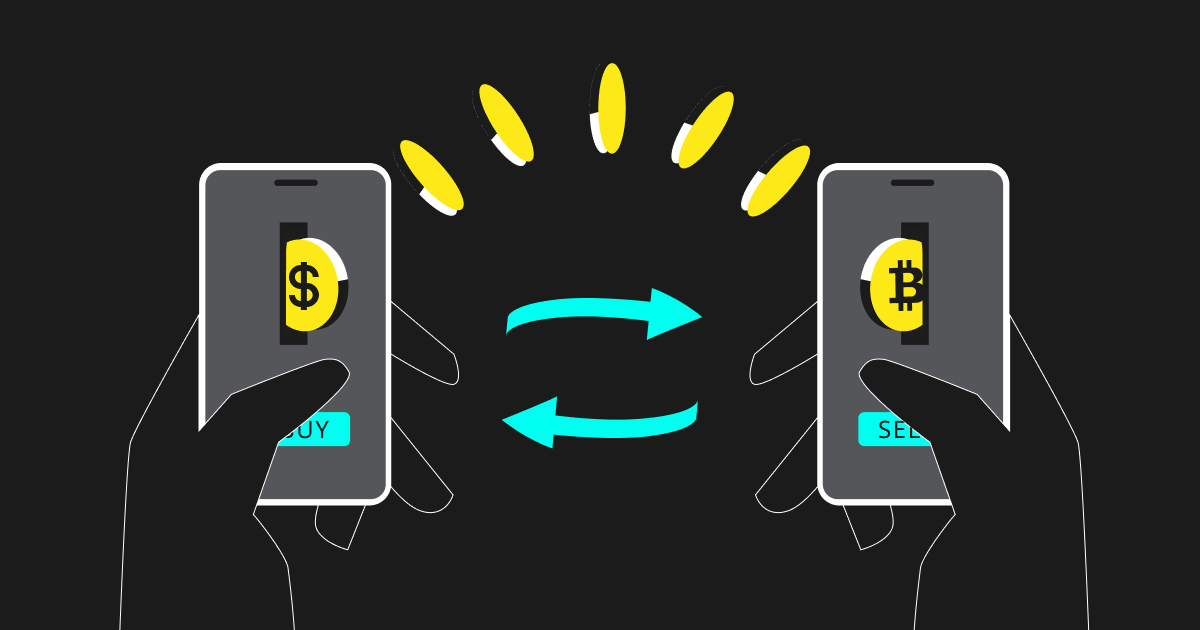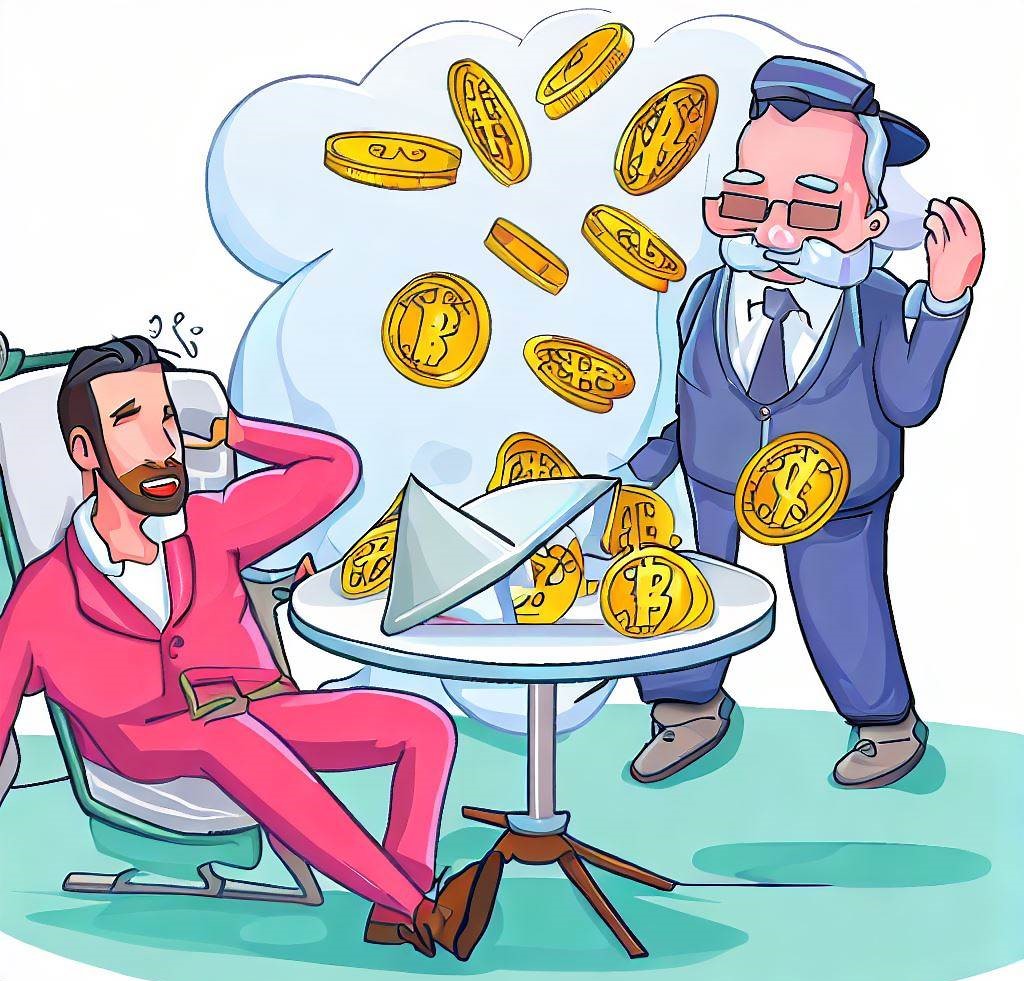
Pitfalls of P2P trading
It has been reported by a number of clients that Indian authorities have taken action to freeze their bank accounts due to their involvement in P2P trading. This post is to inform you about the potential risks associated with engaging in P2P transactions.
Topics Covered
What is Crypto P2P trading?

Crypto P2P (Peer-to-Peer) trading refers to the direct exchange of cryptocurrencies between individuals without the involvement of a centralized exchange or intermediary. In this type of trading, buyers and sellers interact directly with each other to buy or sell cryptocurrencies, typically using online platforms or apps that facilitate these transactions.
Here's how crypto P2P trading generally works:
Listing: A seller creates a listing on a P2P trading platform, specifying the amount of cryptocurrency they want to sell, the price at which they are willing to sell it, and the preferred payment methods (e.g., bank transfer, cash, online payment services).
Search and Match: Buyers browse through the listings and choose a seller whose terms match their requirements. They initiate a trade request, expressing their intent to purchase the specified amount of cryptocurrency.
Escrow: To ensure the security of the transaction, many P2P platforms use an escrow service. The cryptocurrency being sold is placed in escrow by the seller, and the buyer deposits the agreed-upon payment into escrow as well. The cryptocurrency remains locked in escrow until both parties fulfill their obligations.
Payment: The buyer makes the payment through the chosen method (e.g., bank transfer) and provides proof of payment to the seller.
Confirmation: The seller verifies that the payment has been received and confirms the transaction.
Release of Funds: Once both parties are satisfied with the transaction, the cryptocurrency is released from escrow to the buyer, and the seller receives their payment.
What are advantages of Crypto P2P trading?
Privacy: P2P trading can be more private and less intrusive than using a centralized exchange that might require extensive user verification.
Accessibility: It can provide access to cryptocurrencies in regions where traditional banking services and exchanges may be limited or unavailable.
Variety of Payment Methods: Buyers and sellers can often choose from a variety of payment methods, making it convenient for users with different preferences.
While P2P trading has gained popularity due to its access to global markets, flexible transaction terms, and anonymity, it's crucial to recognize that the risks outweigh the benefits.
What are the risks of P2P trading?

Without a reliable way to verify the source of funds involved in a transaction, you could inadvertently participate in the transfer of illicit funds, leading to your account being frozen pending investigation.
It is important to know that using a P2P platform to evade tax obligations, including the 1% Tax Deducted at Source (TDS), is illegal and could result in legal action from tax authorities.
Taxation on P2P Trading
It's important to note that P2P crypto trading also carries P2P tax obligations. The buyer is required to withhold 1% tax at source (TDS) and remit it to the government on behalf of the seller.
The TDS rate for P2P trading stands at 1%. Many compliant Indian exchanges handle this deduction when users are dealing with them directly. Individuals engaged in P2P trades or international exchanges must personally deduct and deposit the 1% TDS.
Additional taxation aspects of P2P trading encompass:
- A flat 30% tax on the transfer or sale of cryptocurrency, with the exception of deductions allowed for the cost of acquisition.
- Reporting crypto gains under Schedule VDA in the Income Tax Return (ITR).

- Accrual of interest at a rate of 1.5% from the date of TDS deduction until the date of deposit with the government.
- Potential legal repercussions, including imprisonment, with sentences ranging from 3 months to 7 years, in addition to fines.
Crypto P2P trading under the PMLA ambit
The scope of the Prevention of Money Laundering Act (PMLA) now encompasses a range of transactions, including:
- The exchange of virtual digital assets for fiat currencies.
- The exchange of one or more types of virtual digital assets.
- The transfer of virtual digital assets.
- The safekeeping or management of virtual digital assets or instruments that provide control over them.
- Participation in and the provision of financial services related to the issuer's offer and sale of a virtual digital asset.
Conclusion
it is advisable to exercise vigilance and compliance when investing in digital assets like cryptocurrencies and NFTs. Users considering P2P trading should conduct due diligence, research their trading partners, understand the taxation on P2P transactions and use trusted platforms to minimize the risks associated with this form of trading. Also bringing virtual digital asset transactions within the ambit of the PMLA is crucial for combating fraud and bolstering the confidence of investors, retail consumers, and financial markets within the cryptocurrency ecosystem.
DISCLAIMER

Comments